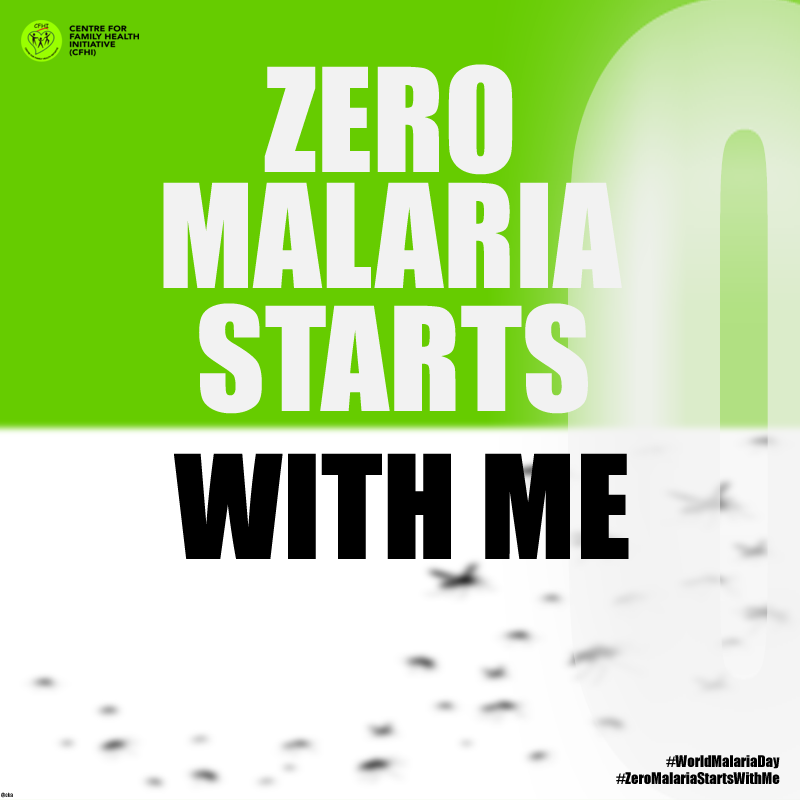Schizoaffective Disorder in Adolescents
Schizoaffective disorder is part of a cluster of diagnoses called the schizophrenia spectrum and other psychotic disorders. Schizoaffective disorder is a neuropsychiatric or mental disorder in which a person experiences a combination of schizophrenia symptoms and mood disorder symptoms (typically either major depressive disorder or bipolar disorder).
The symptoms and behavior of children and adolescents with schizoaffective disorder may be different from those of adults with this illness. The following symptoms and behaviors can occur in children or adolescents with schizoaffective disorder: Changes in weight or appetite, Suicidal thoughts or attempts, agitation, sleeplessness, and paranoia; depressive symptoms, including sadness, fatigue, trouble concentrating, and loss of interest in daily activities; and/or psychotic symptoms, such as hallucinations, delusions, and confused thinking. Without treatment, the disorder may lead to difficulty functioning at work, at school, and in social situations.
Adolescents schizoaffective disorder is very hard to accurately diagnose, as it is difficult to distinguish from schizophrenia, bipolar disorder, and other mood disorders. Many adolescents with schizoaffective disorder are often initially misdiagnosed with bipolar disorder or schizophrenia.
The greatest risk factor for developing a schizoaffective disorder is generally family history of the same illness or other forms of psychosis, there are a few other risks associated with the development of a schizoaffective disorder in Adolescents, which includes but not limited to drug abuse (Overuse of mind-altering substances such as; methamphetamine, cannabis, cocaine, alcohol, amphetamines, and psychedelics. Some drugs, like ecstasy, can produce lasting or persistent psychosis even after single use in certain individuals) and trauma ( An extremely stressful event triggering latent symptoms. Though trauma is entirely subjective. A horrific event witnessed by multiple persons may only leave one or two struggling with traumatic mental health issues afterwards).
There is no effective cure, but symptoms can be managed and reduced to the point where a normal life without dire consequences can be possible. Adolescents are highly adaptive, and with some therapeutic intervention and possibly the use of medication, most adolescents with schizoaffective disorder can find relief. However, the disorder cannot be completely removed from a person’s mind. Managing it is an ongoing process, and there can be setbacks at times.
Monday Health Burst is an initiative of CFHI to address basic health issues. Join us every Monday on all our social media platforms for more health-related articles.




Thаnks very nice blog!
Thank you.